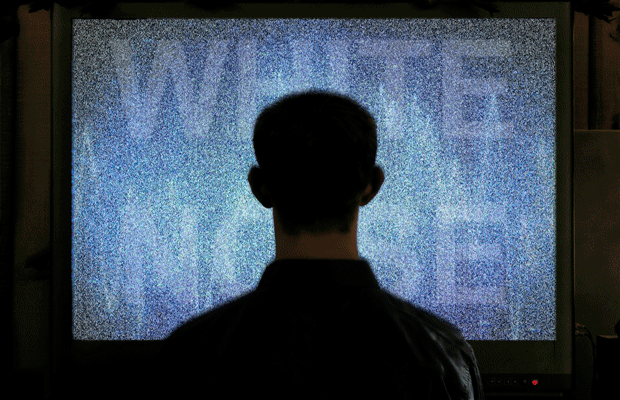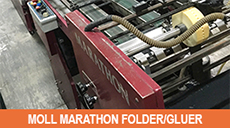“You can rob me. You can starve me, and you can beat me, and you can kill me. Just don't bore me”.
Clint Eastwood’s character, Tom Highway, in the film Heartbreak Ridge
The growing speed and efficiency of the World Wide Web continues to blow my mind. It will continue to bring great things to our lives as we become more accustomed to connecting with information and news in the moment. With its incredibly cheap cost and remarkable accessibility, now buoyed by maturing wireless and mobile structures, new businesses spawn seemingly overnight, created not with buildings and engineering but with computers and code. The Net has formed new economies, altered entire industries and mothballed all sorts of things.
Computer Apps are spreading like good-natured viruses, uncontrollable but providing incredible knowledge and productivity for everyone. In mid-June, Apple Computer announced its App Store had provided 30-billion downloads since inception. The company also reported that it paid App developers around US$2.5 billion in 2011 and $1.5 billion in 2010 – an economy onto itself, based on the integrated computing of a single company.
Earlier in 2012, Google announced its Android Market (a mobile App download platform similar to Apple’s) had more than 450,000 available Apps generating around 850,000 new phone and tablet activations every day. Technology pundits suggest Google’s platform, boosted by the company’s May 2012 purchase of Motorola Mobility, may ultimately pass Apple’s in terms of volume. Regardless, these are just two players amid dozens of powerful companies fostering the spread of vast amounts of information across the globe.
An article in The Economist, called “Data, Data Everywhere,” reports that retail-giant Walmart handles more than 1-million customer transactions every hour, feeding databases estimated at more than 2.5 petabytes – the equivalent of 167 times the content in the books of America's Library of Congress.
These staggering online retail numbers, again coming from a single company, were reported two years ago. In the same article by The Economist, Cisco forecast that by 2013 more than 667 exabytes of information will be flowing annually on the Internet – “The world contains an unimaginably vast amount of digital information which is getting ever vaster ever more rapidly. This makes it possible to do many things that previously could not be done. Managed well, the data can be used to unlock new sources of economic value, provide fresh insights… But they are also creating a host of new problems.”
Print breakthrough
For the printing industry, where many traditional commercial shops ultimately see the World Wide Web as a nemesis, this growing online white noise of digital information also provides opportunity to break through the clutter. White Noise, as used in this article, borrows from the definition that all sounds or tones combine to neutralize the message. Online white noise can bore you much in the same way a verbose blowhard might in conversation – you simply stop listening.
Regardless of which generation you are from, there is so much WWW material coming at you each day that it becomes difficult to effectively organize the information. The most powerful advertising agencies, those with enough resources to study the marriage of consumer and technology trends, are well aware of the Internet’s white noise. While online programs will continue to be a prime focus for their clients’ campaigns, these ad agencies are also beginning to appreciate print again.
Differentiation is key for their advertising clients. Modern printing, now with so many ways to reproduce and finish a page, whether it sheet or web offset, inkjet, or toner, is a pillar of differentiation.
Remove that bombardment from the Web and instead place a printed piece at the door. It is unlikely to be a highly personalized piece of print, and might not even be addressed to you, but even the most mundane mass mailers will be read as a standalone pitch – often kept for future reference, even if pointing to the Web. Sure, there is no real way to track how this print is digested, which is one of the reported strengths of the Internet, but I also have doubts about how much someone truly absorbs an email pitch just because it is clicked. How often do you even look at a mass-email pitch that shows up in your inbox?
The lure of the white noise – like the force of a growing digital black hole – pulls in more and more marketing dollars and continues to be the prime culprit of a shrinking print industry. Not every printer will be able to break through the white noise with innovative products. There will be no amazing bounce-back to print economies of years past and the reduction in the size of our industry is an entirely real issue now affecting all of us.
Printer’s emotions today are fueled by many of the same challenges faced by railways some 75 years ago when scattered, mature yards owned long distance transportation, taking huge chunks of business away from the waterways. The once fascinating arrival of the railway systems, however, was superseded by air transport and even efficient cross-continent freeways for trucking. But the railways remained and today, after agonizing downsizing, they have come back to be more profitable than ever. A similar rebound has happened in the communications sector with the rejuvenation of the radio, once thought to be doomed by TV.
“The Internet has already vastly changed the music and movie industries, with consumers now being able to instantly download tunes and films to their laptops. Traditional publishing is now having its turn in the bucket, with Kindles, e-readers, and iPads flooding the market,” said bestselling author Seth Gordin, speaking to Mediabistro about how sales of his new series, Idea Manifestos, are primarily driven through the online Kindle store. “I can reach 10 or 50 times as many people electronically.”
“No – it’s not better, but it’s different,” wrote Stewart Pinkerton in his 2011 book, The Fall of the House of Forbes. In his well-written history of the eminent Forbes magazine, Pinkerton dedicated a great deal of type to discuss the interaction – and infighting – between Forbes and Forbes.com. Here, print and Web first collided with dire results as a result of growing pains. With its lower costs, Forbes.com was constantly pilfering accounts already booked for the print version.
Commenting on Pinkerton’s work, Seth Godin appropriately opined, that like the Forbes magazine versus Forbes.com squabble, use of the Internet is not the complete solution.
|








